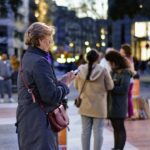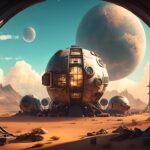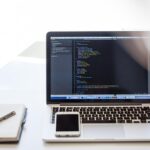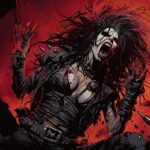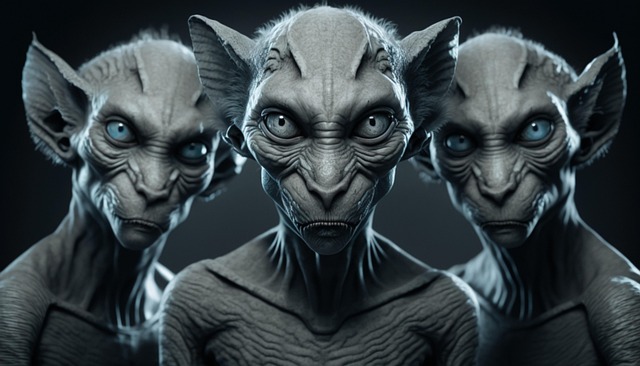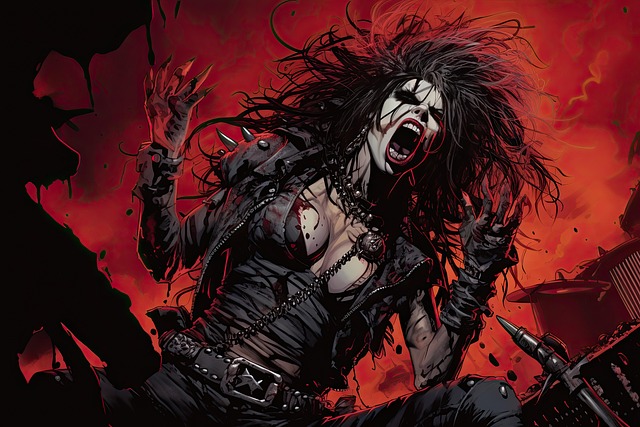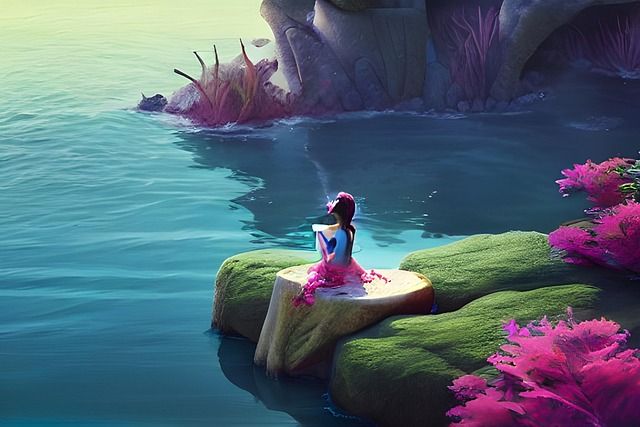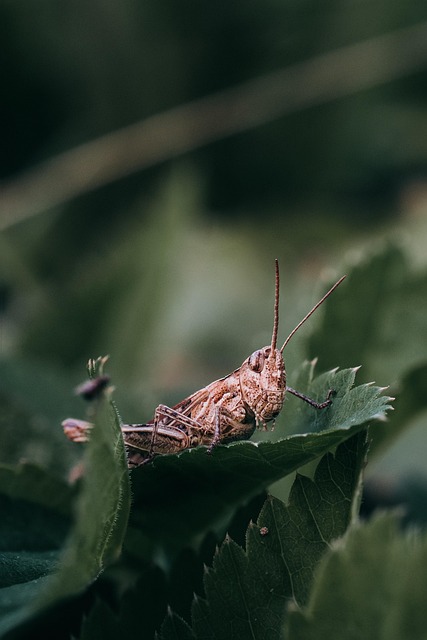# Top AI Tools Revolutionizing the Art World and Empowering Artists to Discover New Possibilities
The intersection of artificial intelligence and the art world has sparked a creative revolution, offering artists unprecedented tools to expand their imaginations and redefine their craft. AI tools for artists are no longer just a novelty; they are becoming essential components in the toolkit of modern creatives. In this article, we will explore several leading AI digital art generators—DALL·E, Midjourney, Stable Diffusion, Runway ML, and Adobe Firefly—and how they are reshaping the landscape of visual and digital art.
## The Rise of Generative Art Tools
Generative art tools leverage algorithms and machine learning to create unique artworks, often based on user input or existing styles. These AI tools for artists empower creators to experiment with new forms, styles, and techniques, pushing the boundaries of traditional art-making.
### 1. DALL·E: From Text to Image
OpenAI’s DALL·E has garnered significant attention for its ability to generate images from textual descriptions. This AI tool allows artists to visualize concepts that may be difficult to illustrate manually.
**Key Features:**
– **Text-to-Image Generation:** Artists can input specific phrases, and DALL·E will generate corresponding images, making it an invaluable tool for concept art.
– **Style Variation:** DALL·E can produce images in various artistic styles, from photorealistic to abstract.
**Real Example:**
Digital artist Anna Ridler used DALL·E to create a series of images exploring the theme of “nature in urban spaces.” By inputting descriptive phrases, she generated visuals that sparked new ideas for her installations, blending digital and physical art forms.
### 2. Midjourney: Collaborative Creativity
Midjourney is an AI tool that excels in generating high-quality images based on user prompts. Its community-driven approach fosters collaboration and experimentation among artists.
**Key Features:**
– **Community Engagement:** Users can share their creations and collaborate on prompts, leading to collective artistic exploration.
– **Customization Options:** Midjourney allows users to refine their images through iterative prompts, enhancing the creative process.
**Real Example:**
Graphic designer and illustrator Sam Yang utilized Midjourney to develop a series of character designs for a graphic novel. By collaborating with other artists in the Midjourney community, he received valuable feedback that helped refine his concepts.
### 3. Stable Diffusion: Open-Source Innovation
Stable Diffusion is an open-source AI model that enables artists to generate images from text prompts. Its accessibility has made it a favorite among independent creators and hobbyists.
**Key Features:**
– **Custom Model Training:** Artists can fine-tune the model to suit their unique style, allowing for personalized outputs.
– **Versatile Applications:** Stable Diffusion can be used for everything from illustration to concept art and even animation.
**Real Example:**
Illustrator and animator Sarah Zhang trained Stable Diffusion on her own artwork, creating a unique style that blends surrealism with pop culture. This personalized approach has allowed her to produce a series of striking animations that resonate with her audience.
### 4. Runway ML: Video Generation and Beyond
Runway ML is a powerful AI tool designed for creatives in video production. It offers a suite of features that streamline the video creation process, making it easier for artists to incorporate AI into their workflows.
**Key Features:**
– **AI-Powered Video Editing:** Runway ML allows users to edit videos with AI tools that can automate tasks like object removal and background replacement.
– **Real-Time Collaboration:** Artists can work together in real-time, making it an excellent tool for team projects.
**Real Example:**
Filmmaker and visual artist Kevin Huynh used Runway ML to create a short film that combines live-action footage with AI-generated visuals. The seamless integration of AI tools allowed him to experiment with new storytelling techniques and visual styles.
### 5. Adobe Firefly: The Future of Design
Adobe Firefly is Adobe’s foray into generative AI, offering tools that enhance the design process for creatives. It integrates with Adobe’s suite of applications, making it a natural fit for graphic designers and digital artists.
**Key Features:**
– **Text Effects Generation:** Artists can create stunning text effects and illustrations from simple prompts.
– **Seamless Integration:** Firefly works within Adobe Creative Cloud, allowing users to incorporate AI-generated elements directly into their existing projects.
**Real Example:**
Graphic designer Lisa Lee utilized Adobe Firefly to generate unique typography for a branding project. The AI-generated text effects added a fresh dimension to her designs, elevating the overall aesthetic of her work.
## The Impact of AI on Creative Workflows
AI tools for artists are not just about generating images; they are transforming creative workflows in several ways:
– **Enhanced Creativity:** By automating repetitive tasks, artists can focus on the creative aspects of their work, exploring new ideas and techniques.
– **Increased Efficiency:** AI tools streamline the production process, allowing artists to generate multiple concepts quickly and iterate on their designs.
– **Collaboration Opportunities:** Many AI tools foster community engagement, enabling artists to collaborate and share ideas, leading to innovative projects.
## The Future of AI in Creative Fields
As AI technology continues to evolve, its impact on the art world will only grow. The future holds exciting possibilities for artists, including:
– **More Advanced AI Tools:** As algorithms improve, we can expect even more sophisticated AI digital art generators that understand context and nuance.
– **Integration with Virtual Reality (VR) and Augmented Reality (AR):** The combination of AI with VR and AR will open up new avenues for immersive art experiences.
– **Ethical Considerations:** As AI-generated art becomes more prevalent, discussions around copyright, ownership, and the role of human creativity will become increasingly important.
## Conclusion
The rise of AI tools for artists is revolutionizing the art world, offering new possibilities for creativity and expression. Tools like DALL·E, Midjourney, Stable Diffusion, Runway ML, and Adobe Firefly are enhancing the way artists work, enabling them to explore uncharted territories in visual and digital art. As we look to the future, the relationship between AI and creativity promises to be a dynamic and transformative one, empowering artists to push the boundaries of their craft and discover new horizons.
As the art community embraces these generative art tools, we can only imagine the innovative masterpieces that await us.

